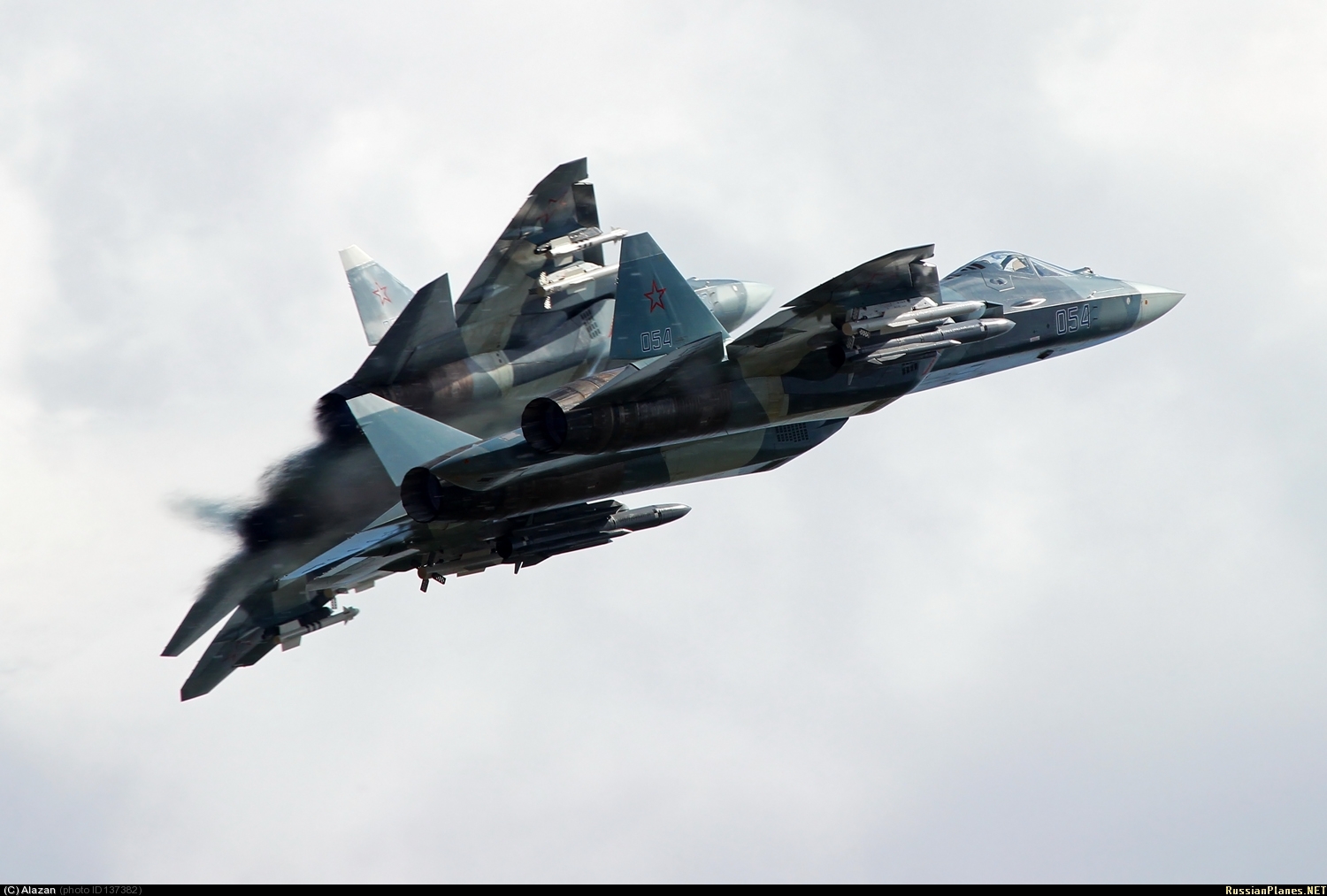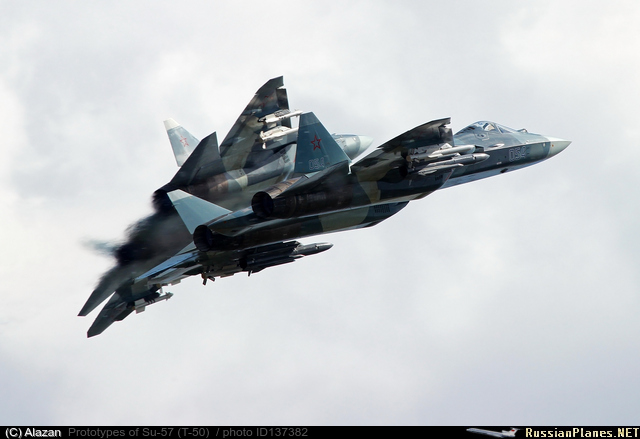by Christina Mackenzie in Ares
Egypt has signed a €1bn contract with French naval systems group DCNS to buy four Gowind 2,400 ton corvettes with an option for two more, a reliable source has confirmed to Ares. Three of the corvettes will be built locally by a shipyard in Alexandria. It was apparently the newly elected Egyptian president, Abdel Fattah al-Sissi, a former defense minister, who decided these were the ships he wanted rather than the Meko A200 being offered by German group ThyssenKrup Marine Systems (TKMS) or the Sigma corvette proposed by Damen of the Netherlands.
Uruguay is another serious contender for the Gowind. It is believed to be seriously interested in procuring three of the smallest Gowinds, the Offshort Patrol Vessel (OPV) variant, including the 87-meter long, 1,000-ton Adroit which was designed and built in 2008 on its own funds by DCNS. It has been on loan to the French Navy for the past three years, but will be handed back to DCNS later this year.
In a rearrangement of its catalogue of products, however, DCNS has decided to remove the OPV from the Gowind class and develop the OPVs as a class of their own with the Adroit top of the range. To do so it formed the Kership joint venture with the Piriou shipyard in Concarneau, Brittany in May 2013 to build and market lightly armed and armoured OPVs for customs, fishing and other home security missions. DCNS said this would enable it to concentrate on "developing relations" with clients seeking, heavily armed and armoured warships while Kership handles the more civilian-standard OPVs.
The OPV Adroit. Photo credit: Christina Mackenzie



